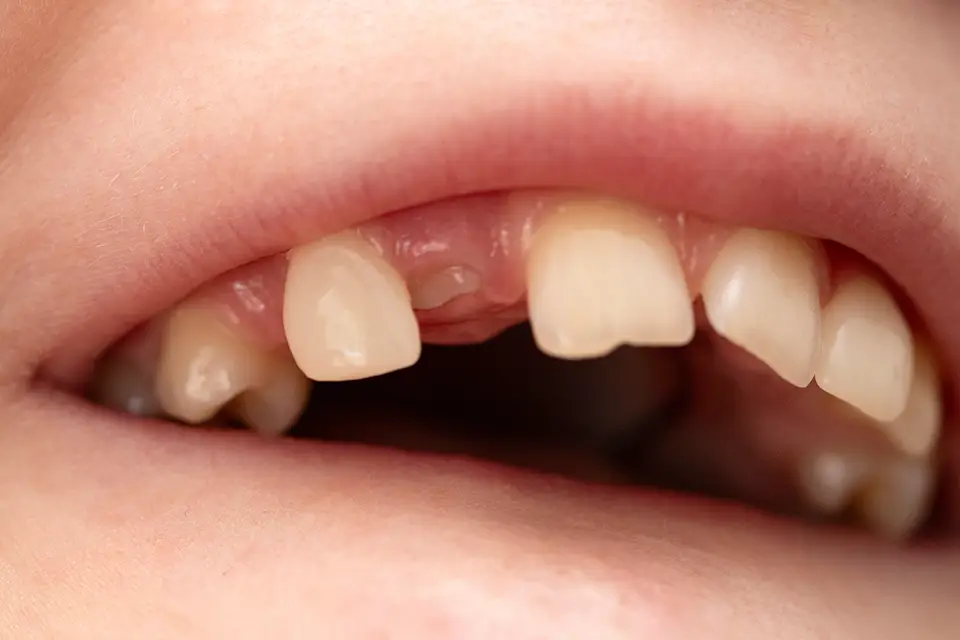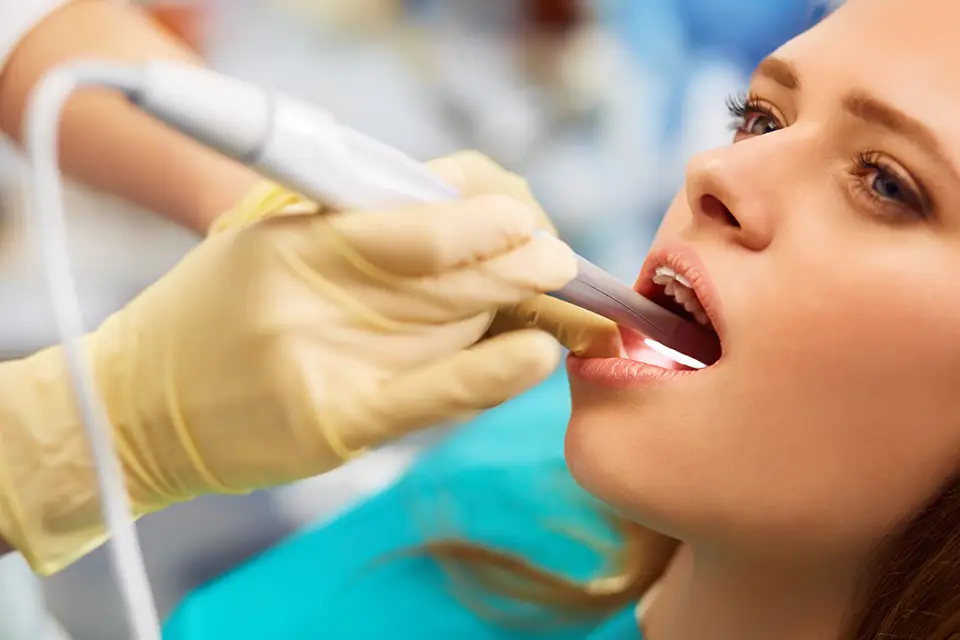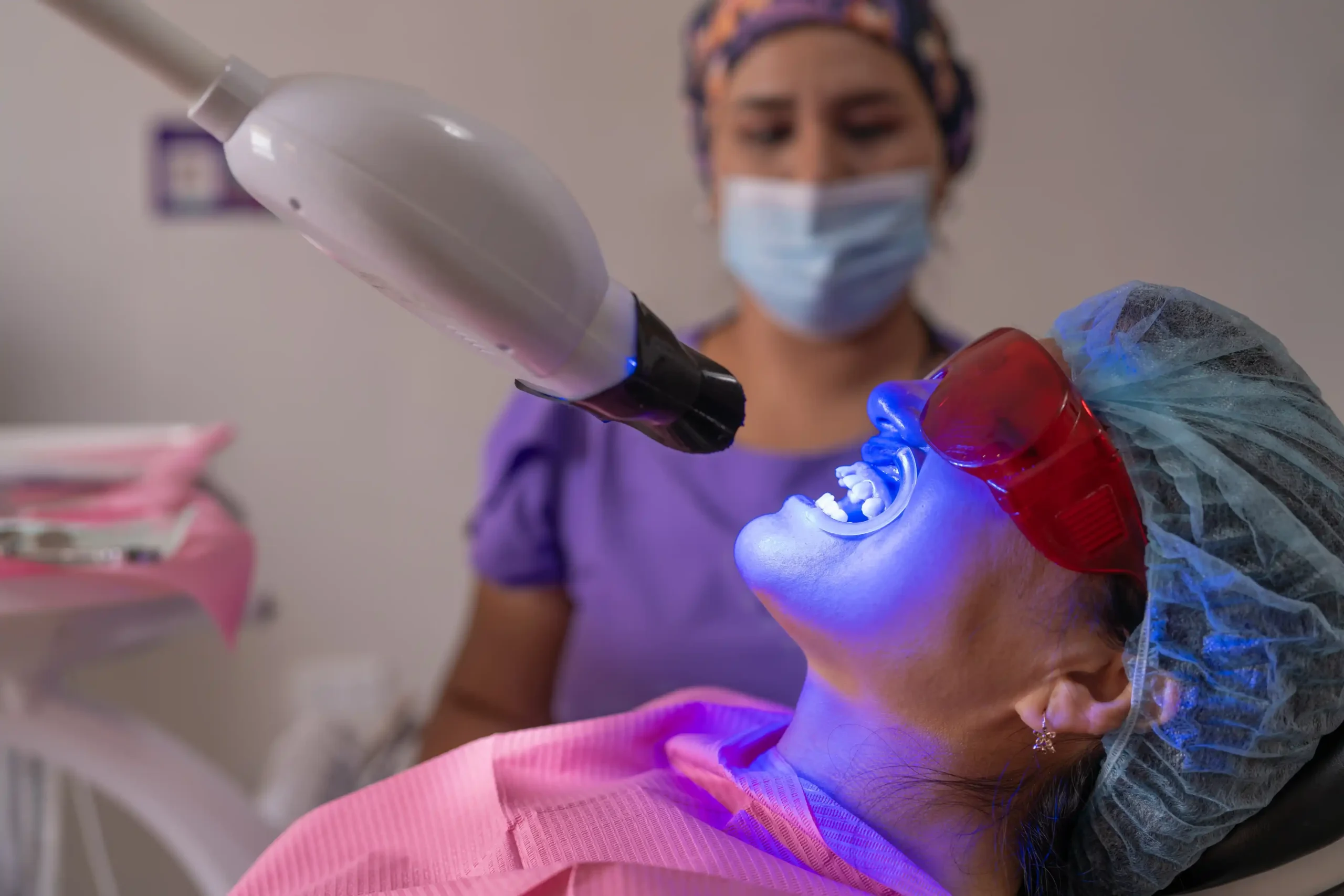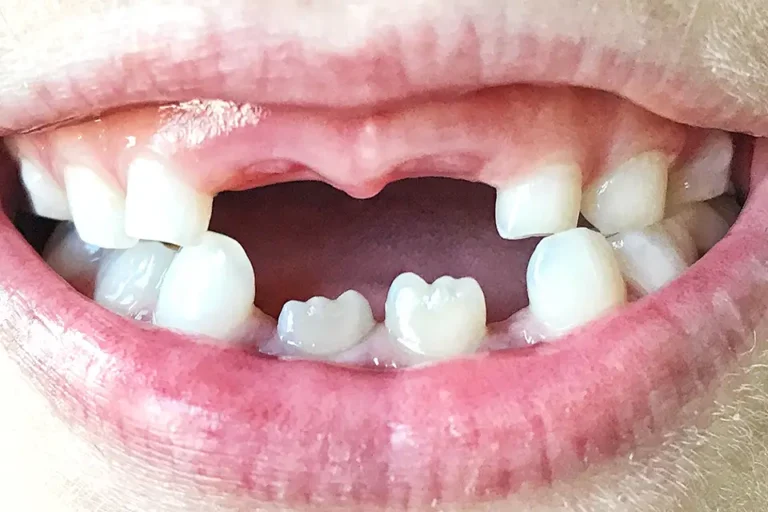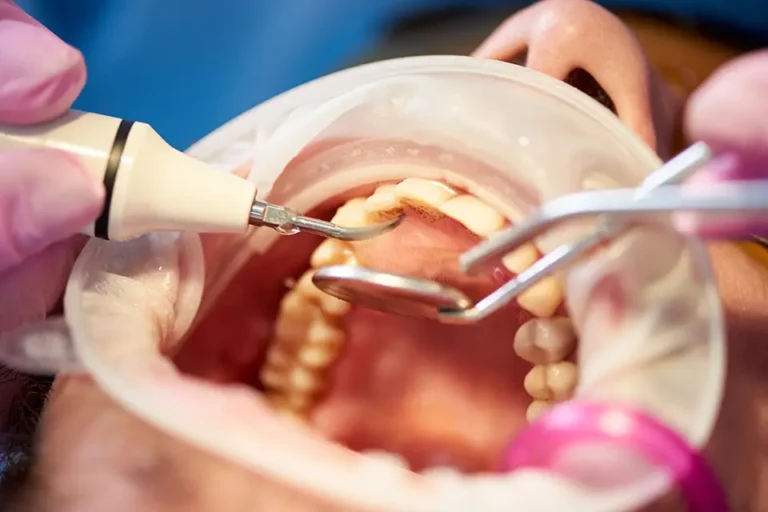Periodontal diseases, such as gingivitis and periodontitis, affect millions of people worldwide and can lead to serious oral health issues if left untreated. Traditional treatment methods often involve surgery and lengthy recovery times. However, advancements in dental technology have introduced laser therapy as a modern and effective alternative. In this blog post, we will explore seven advantages of utilizing laser therapy in periodontal treatment.
What Is Periodontal Disease?
Gum disease, commonly called periodontal disease, is a persistent inflammatory disease affecting the teeth’ gums and supporting tissues. Bacteria in dental plaque, which accumulates on the teeth and gum line, cause it. Gingivitis, or red, swollen gums that bleed easily is the first symptom of the condition.
If left untreated, it proceeds to periodontitis, where the infection extends beneath the gum line, causing the gums to recede and form pockets.
As periodontal disease damages the supporting bone and connective tissues, it might result in tooth loss. In addition, many systemic diseases, such as cardiovascular disease and diabetes, have also been linked to it.
Therefore, regular brushing, flossing, and dental cleanings are essential for proper oral hygiene and prevention of periodontal disease.
How Is Laser Therapy Used to Treat Periodontal Diseases?
The use of lasers in the treatment of periodontal disease allows for the selective removal of diseased gum tissue while preserving surrounding healthy tissue.
First, the laser carefully destroys diseased areas with a high-energy beam, promoting healing. The laser’s thermal radiation also kills bacteria and sterilizes the area. It also encourages bone and gum tissue development, aiding in tissue regeneration.
Moreover, this innovative method promotes a quicker healing process by reducing bleeding and swelling. In addition, the treatment is less painful and invasive than traditional procedures.
As a result, laser treatment has emerged as an effective and patient-friendly option for treating periodontal diseases.
7 Advantages of Utilizing Laser Therapy in Periodontal Treatment
Laser therapy has various advantages in periodontal treatment; Here are the top seven benefits of using laser therapy in periodontal disease:
Efficient and Precise Treatment
Laser therapy enables dentists to perform procedures targeting specific areas of periodontal disease. Additionally, by focusing the laser beam, dentists can remove damaged tissue, eliminate bacteria, and promote healing while causing minimal injury to healthy surrounding tissue.
Less Discomfort and Pain
Laser therapy is often less intrusive and produces less discomfort than traditional periodontal treatments. In addition, using lasers lowers the need for incisions and stitches, allowing patients to recover faster and with less post-operative pain.
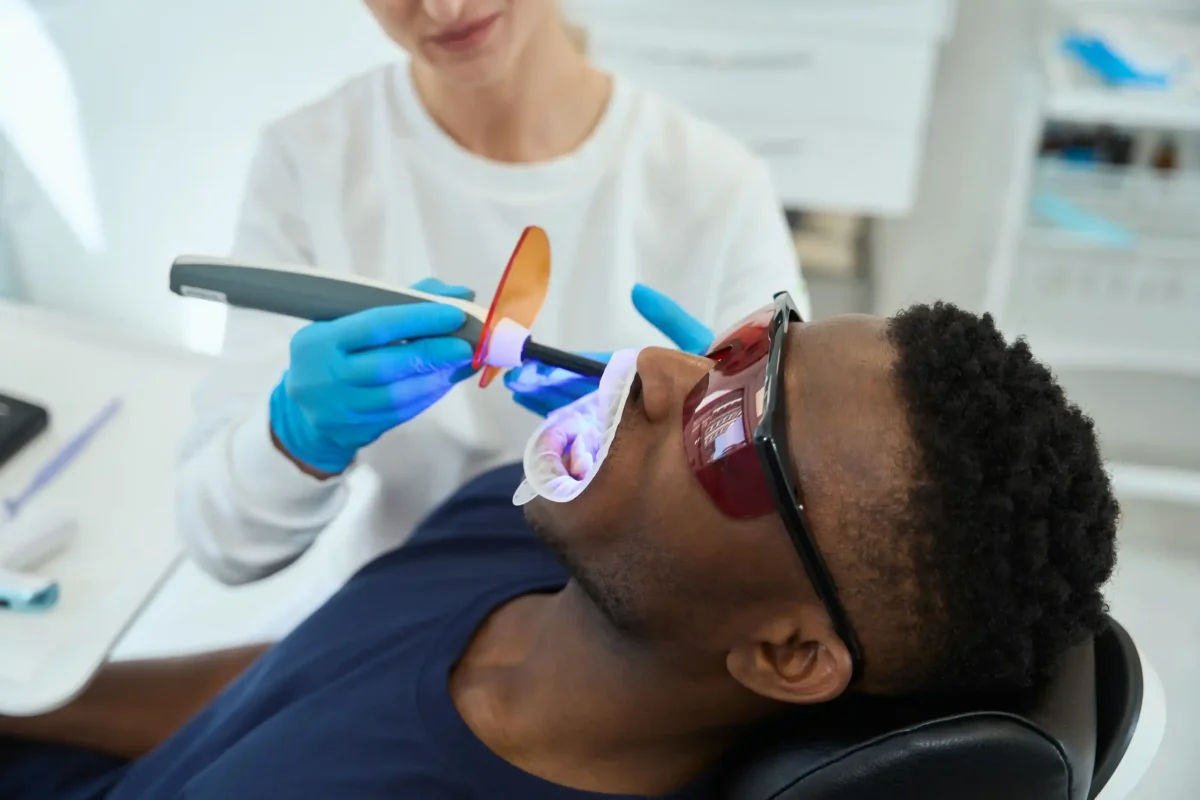
Minimal Bleeding and Swelling
Laser therapy’s cauterizing impact helps reduce bleeding during treatment. The laser’s high-energy beam helps seal blood vessels to prevent bleeding and swelling before and after the surgery.
Moreover, this benefit is especially advantageous for people with bleeding disorders or who are using blood-thinning medications.
Faster Healing and Tissue Regeneration
Laser therapy promotes tissue regeneration, allowing damaged gums and other oral tissues to heal more quickly. The laser radiation stimulates cells that produce collagen necessary to develop healthy gum tissue. Additionally, laser therapy accelerates the complete healing process by encouraging tissue regeneration.
Lower Risk of Infection
Laser therapy lowers disease risk in periodontal pockets and damaged gum tissue by successfully eliminating bacteria. The high-energy laser beam can sterilize the treatment area, eradicating harmful bacteria and promoting a healthier oral environment. This benefit is vital for patients with compromised immune systems or those susceptible to infections.
Preservation of Healthy Tissue
Laser therapy targets diseased or damaged tissue while protecting healthy tissue. This precision enables dentists to remove diseased areas without damaging surrounding healthy gums or teeth.
As a result, laser therapy improves aesthetics and protects the natural structure of the mouth by minimizing harm to healthy tissue.
Reduced Post-Treatment Discomfort
Laser therapy reduces post-treatment pain and faster patient recovery. In contrast to traditional surgical techniques, patients report less discomfort and swelling while using lasers because they seal blood vessels and nerve endings during therapy. This effect improves patient comfort and allows them to resume normal activities more quickly.
In conclusion, laser therapy in periodontal treatment has numerous advantages. It decreases pain and discomfort, reduces bleeding and swelling, speeds healing and tissue regeneration, and lowers infection risk.
These benefits make laser therapy an effective tool for dentists to help patients with periodontal disease achieve better oral health results. Call us at Zara Dental in Houston, Texas, for more information! We will be pleased to answer your questions!




